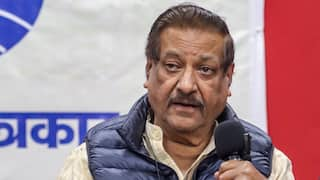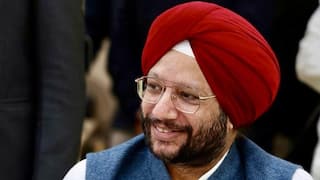‘Mission Mode’: Here Is How Numbers Stack Up As Modi Govt Looks To Give 10 Lakh Jobs By Dec 2023
All central government departments and ministries have been told to identify vacancies and employ people on a priority basis.

New Delhi: Prime Minister Narendra Modi earlier this week asked all departments and ministries to start hiring in “mission mode”, giving employment to 10 lakh people across departments in the next one and a half years. The decision has come at a time when unemployment is a matter of big concern for the country's economy that is still recovering from the impact of the Covid-19 pandemic. With less than two years left for the next Lok Sabha elections, the Opposition has also been vocal in criticism of the government over its failure to create enough jobs.
“PM reviewed the status of Human Resources in all departments and ministries and instructed that recruitment of 10 lakh people be done by the Government in mission mode in next 1.5 years,” the PMO tweeted on June 14.
PM @narendramodi reviewed the status of Human Resources in all departments and ministries and instructed that recruitment of 10 lakh people be done by the Government in mission mode in next 1.5 years.
— PMO India (@PMOIndia) June 14, 2022
While all central government departments and ministries have been told to identify vacancies and employ people on a priority basis, as claimed by Information and Broadcasting Minister Anurag Thakur the same day, the Union Ministry of Personnel data says the government gave a total of around 4.45 lakh jobs through the Union Public Service Commission (UPSC), the Staff Selection Commission (SSC) and the Railway Recruitment Boards in the last five years.
Let’s take a look at how the numbers stack up if the government has to give 10 lakh jobs in the next one and a half years:
10 Lakh Jobs By December 15, 2023
Number of days left (since June 15): 548
Jobs/day in 1.5 years: 1,825
Jobs/month in next 18 months: 54,745
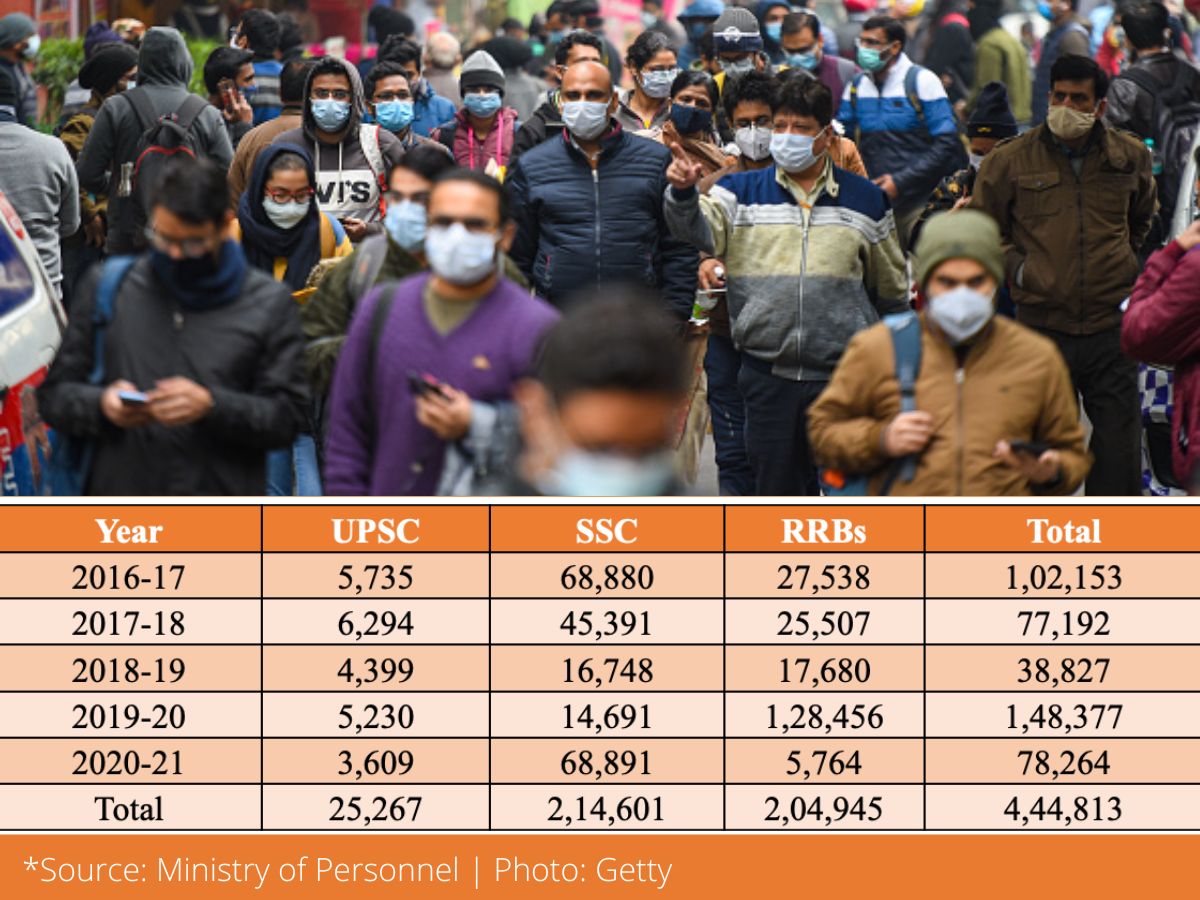
Eyeing The Youth Ahead Of 2024 Polls
India has the largest youth population in the world. Around 66 per cent of the total population (more than 808 million – 81 crore) is below the age of 35, while the 18-29-year-olds constitute 22 per cent of India's population, which comes to more than 261 million (26.10 crore) people — larger than the population of Pakistan. The BJP would want this demographic dividend to maintain its electoral success.
The employment scenario, however, is currently bleak. Data from the Centre for Monitoring Indian Economy (CMIE) says the May 2022 unemployment rate in 13 states was more than the national average of 7.3 per cent. (See chart)
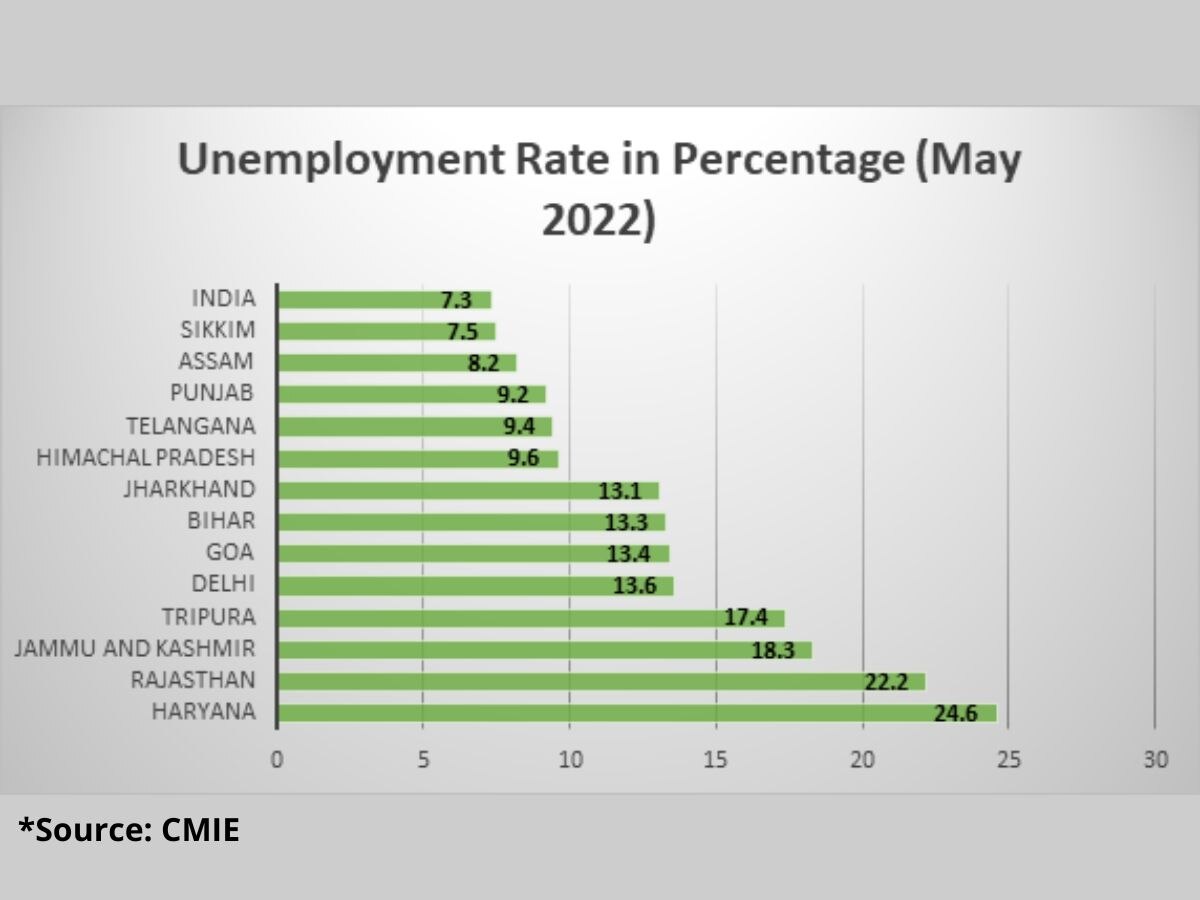
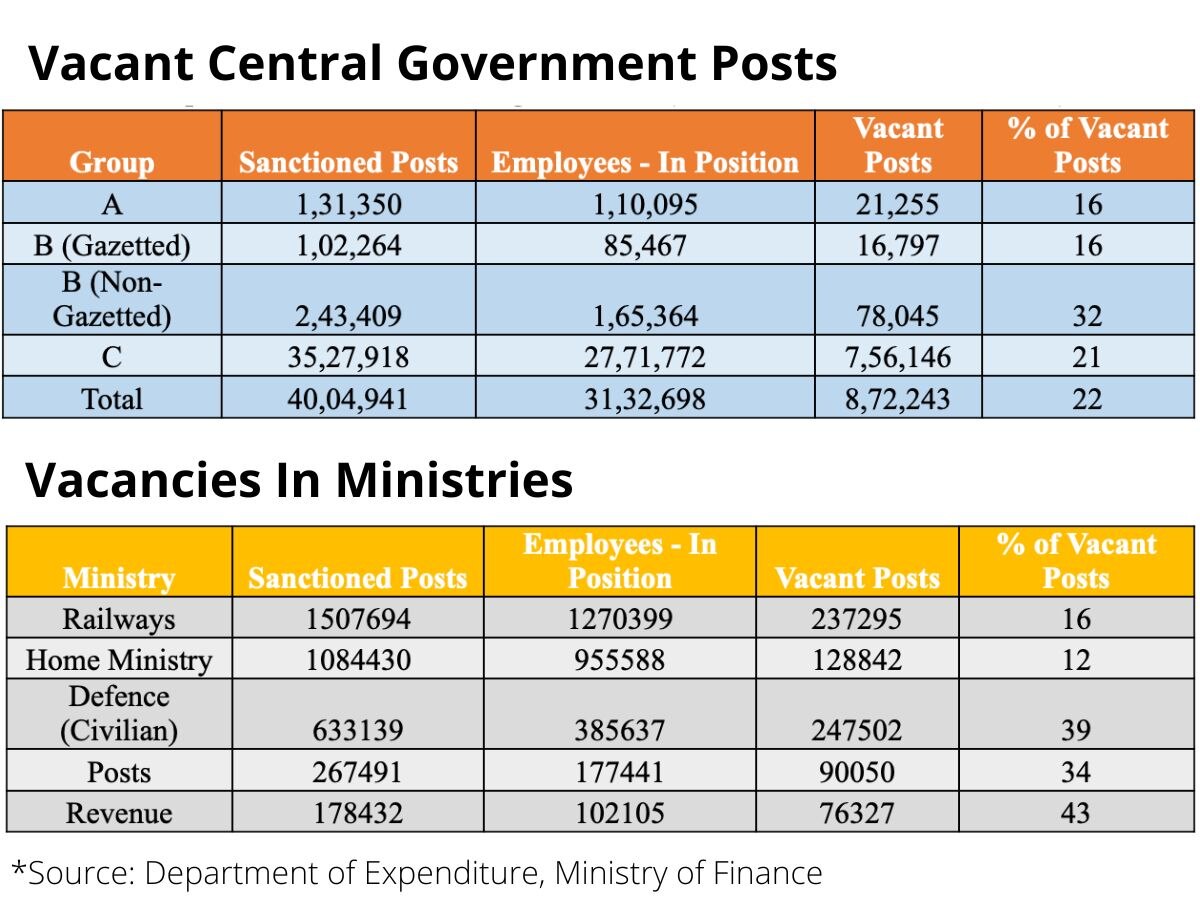
Jobs and GDP
A report prepared by the Confederation of Indian Industry (CII) recently said India’s GDP can grow from the current US$3 trillion to US$40 trillion by 2047 if the country’s working-age population is gainfully employed. The report, ‘Harnessing India’s Demographic Dividend for Boosting Growth’, said this working population will increase between 2020 and 2050, and work as a catalyst for economic growth.
- $3 trillion (Rs 236 lakh crore): India’s GDP In 2022
- $9 trillion (Rs 702 lakh crore): India’s GDP projection for 2030
- $40 trillion (Rs 3,121 lakh crore): India’s GDP projected to grow by 2047
According to the CII report, India will add 10 crore people to its working population between 2020 and 2030.
Related Video
Uttarakhand News: Winter Chill Grips North India; Kedarnath Dham Covered in Snow


























